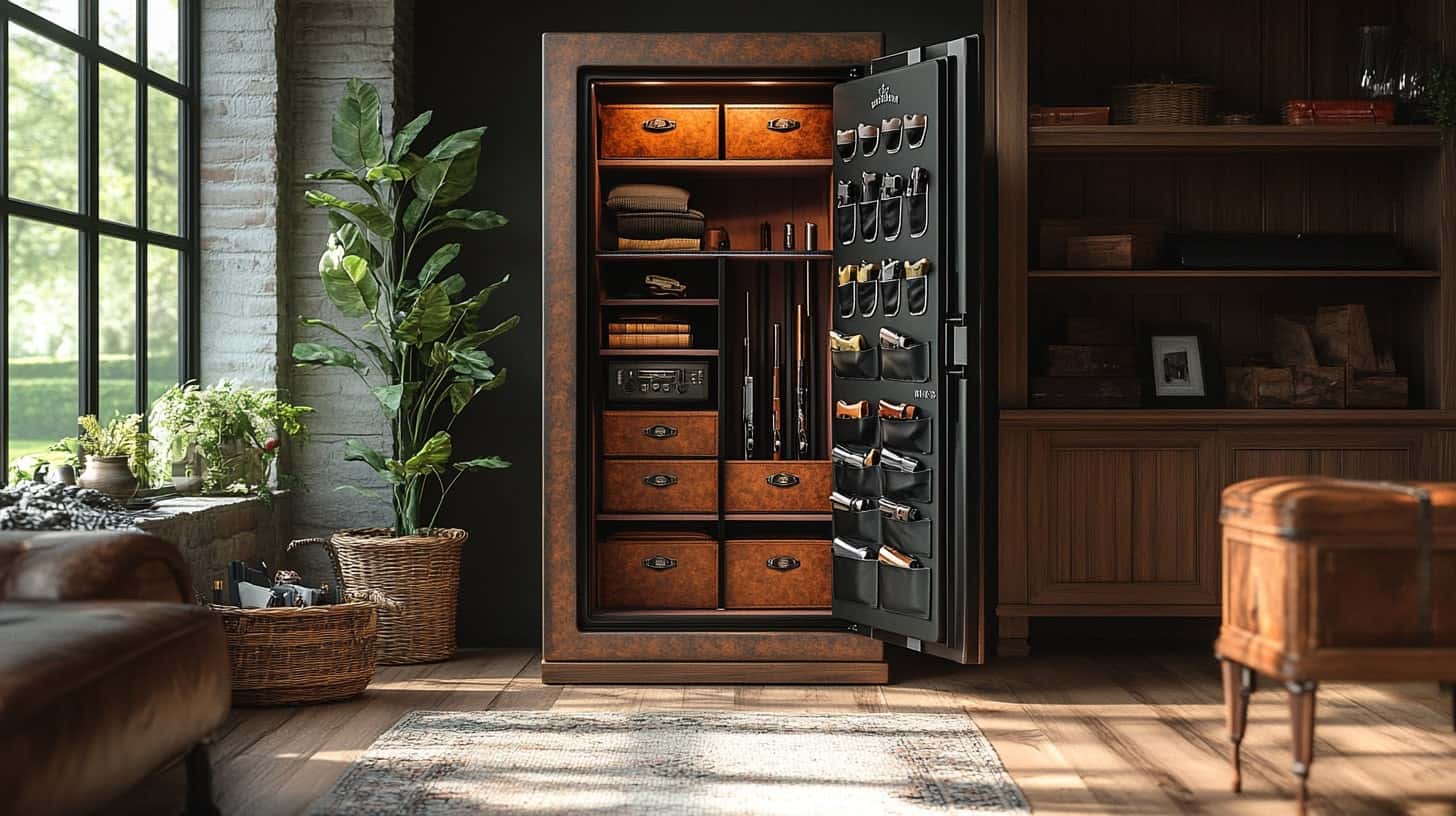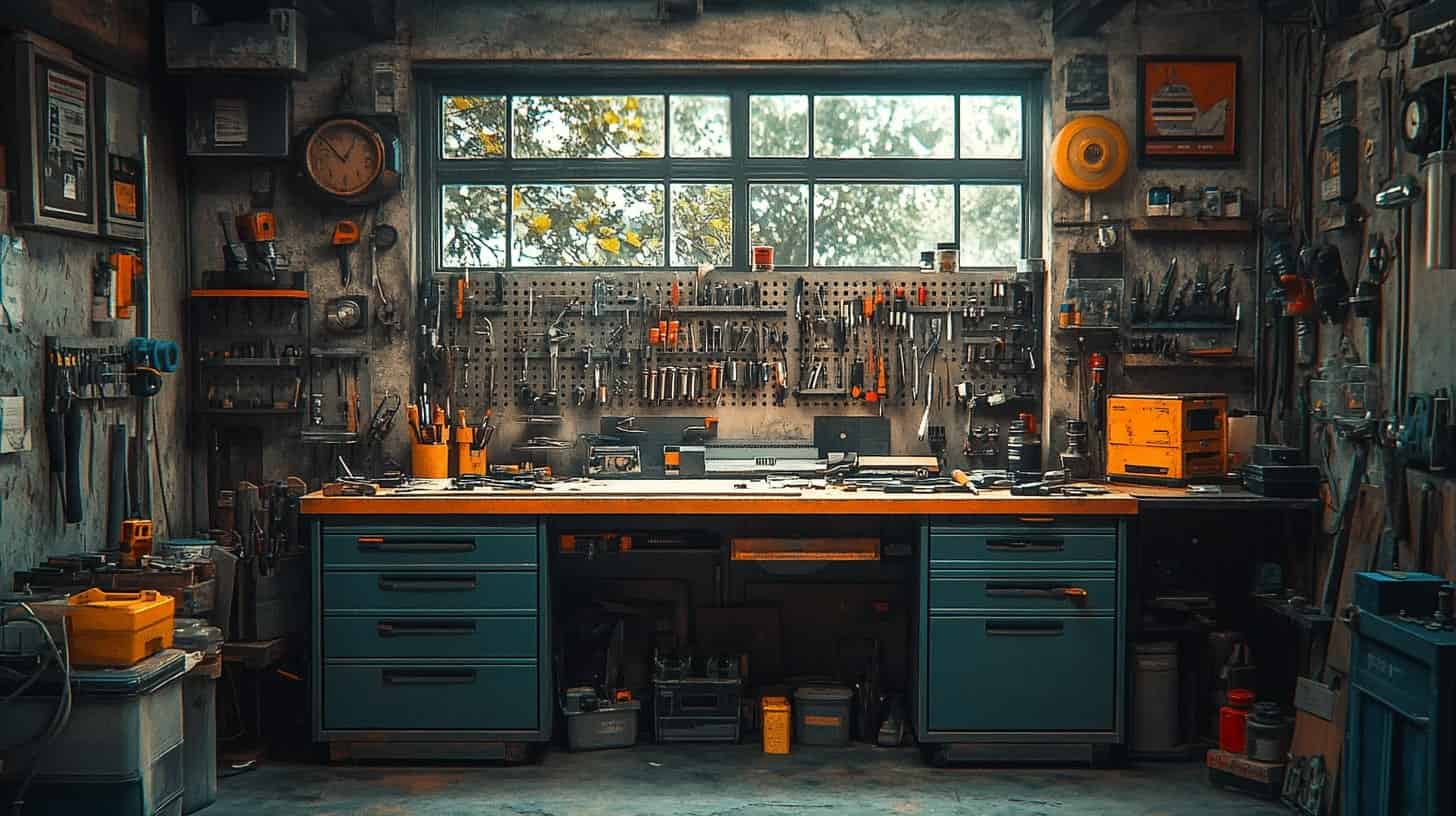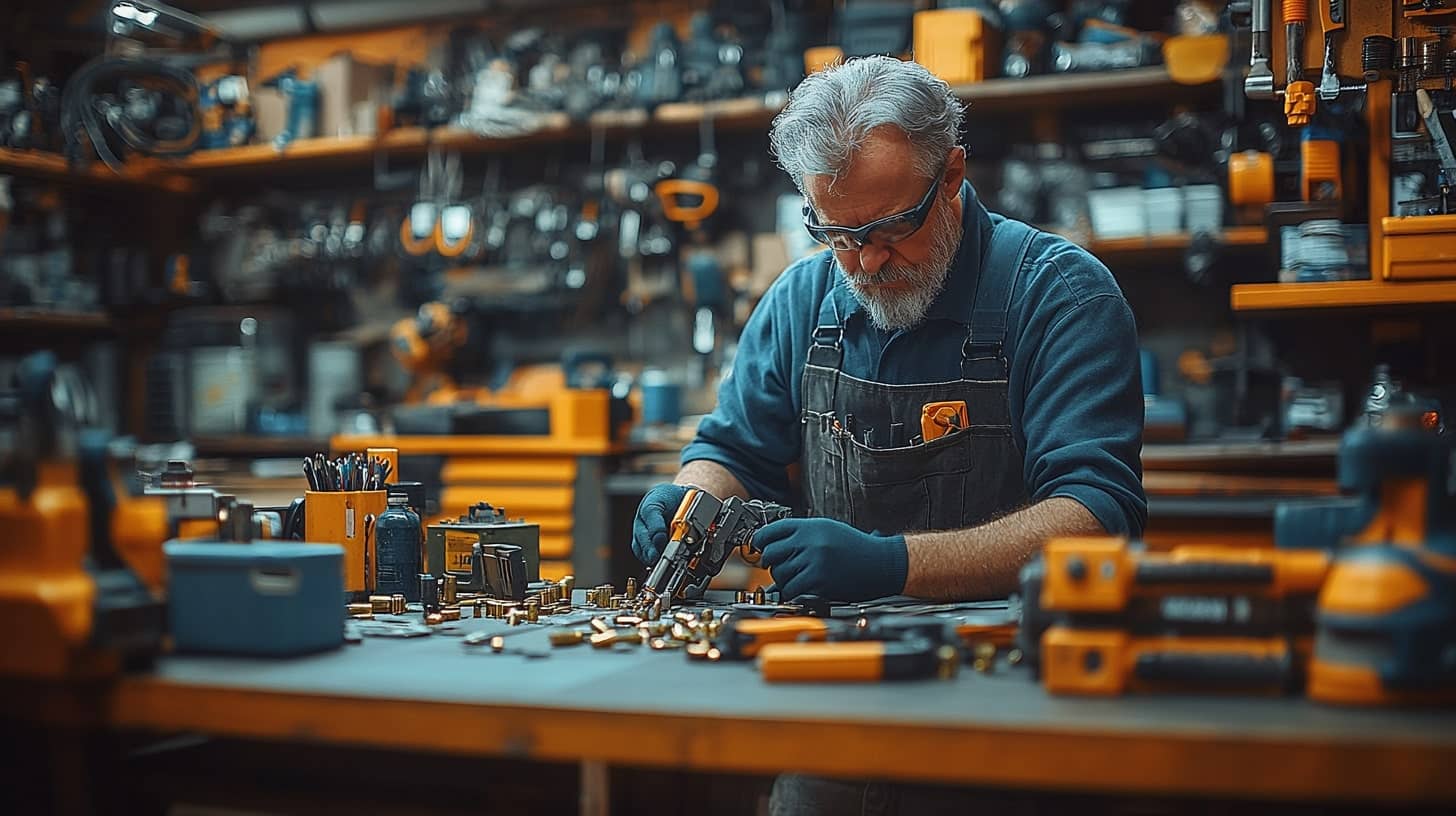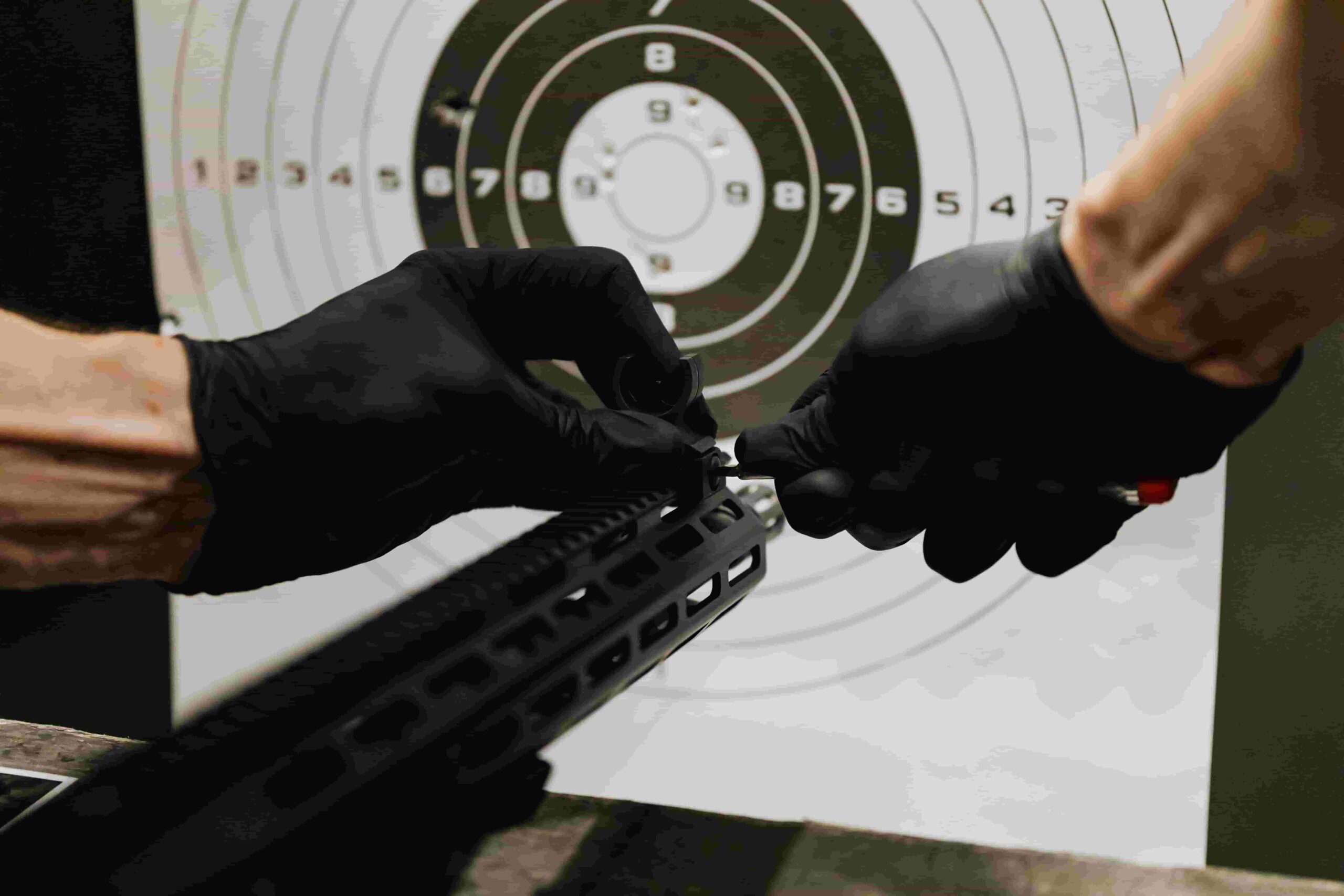Proper firearm storage is a fundamental responsibility for every gun owner. It not only ensures the safety of your family but also protects your firearms from theft, damage, and misuse. Whether you are a collector or a casual owner, understanding how to store guns securely is crucial for legal compliance and peace of mind. In this guide, we will explore the key rules for safe gun storage and how to choose the best gun safes to meet your needs.
The Importance of Secure Gun Storage
Firearms are powerful tools that require the highest level of responsibility. Improper storage can lead to accidents, unauthorized access, and even legal repercussions. Statistics show that unsecured firearms are a leading cause of accidental injuries and deaths in households with children. Additionally, gun thefts from homes contribute significantly to the circulation of illegal firearms.
To address these risks, secure storage solutions like gun safes, lockboxes, and trigger locks are essential. These tools not only keep firearms away from unauthorized users but also ensure that they remain in optimal condition for years to come.
Rules for Storing Firearms Safely
- Always Keep Guns Unloaded When Not in Use
One of the cardinal rules of firearm safety is to unload guns before storing them. This reduces the risk of accidental discharge if someone gains access to the firearm. Double-check the chamber and magazine to ensure they are empty before placing the gun in storage. - Use a Secure Storage Solution
A gun safe or lockbox is the most effective way to store firearms securely. These storage solutions prevent unauthorized access and provide protection against theft and environmental factors like moisture. - Store Ammunition Separately
Storing ammunition in a different location from firearms adds an extra layer of security. Lock ammunition in a separate safe or cabinet to ensure that firearms cannot be easily loaded if accessed by an unauthorized person. - Follow Local Laws and Regulations
Laws regarding firearm storage vary by state and country. Some jurisdictions require firearms to be stored in approved safes or equipped with safety devices like trigger locks. Familiarize yourself with your local laws to ensure compliance. - Educate Household Members
If you live with others, especially children, it is vital to educate them about firearm safety. Teach them that guns are not toys and should never be handled without adult supervision.
Choosing the Right Gun Safe
Selecting the right gun safe is a critical step in securing your firearms. With a variety of options on the market, it’s important to consider factors like size, material, locking mechanisms, and additional features. Here’s a breakdown of what to look for:
1. Size and Capacity
Gun safes come in various sizes to accommodate different needs. For owners with a single handgun, a small lockbox may suffice. However, collectors or hunters with multiple rifles and accessories will require a larger safe. Choose a safe with enough room for future firearm acquisitions to avoid the need for multiple safes.
2. Locking Mechanisms
The locking mechanism is one of the most important features of a gun safe. Options include:
- Combination Locks: Reliable and straightforward, but may take longer to open in emergencies.
- Biometric Locks: Use fingerprint recognition for quick and secure access. Ideal for those who need rapid retrieval.
- Electronic Keypads: Offer convenience and customizable codes, but rely on battery power.
3. Fire and Waterproof Ratings
A quality gun safe should protect against environmental threats. Look for safes with fire-resistant materials and waterproof seals to safeguard firearms during disasters.
4. Construction Material
Steel is the preferred material for gun safes due to its durability and resistance to tampering. The thicker the steel, the more secure the safe. Consider safes with at least 10-gauge steel for optimal protection.
5. Additional Features
Modern gun safes often include features like interior lighting, adjustable shelving, and dehumidifiers. While these extras aren’t mandatory, they can enhance the usability and protection of your safe.
Placement of Your Gun Safe
Where you place your gun safe matters. It should be located in a discreet, secure area of your home that is accessible only to authorized individuals. Common locations include:
- Basements: Provide added security but may require dehumidifiers to combat moisture.
- Bedrooms: Ideal for quick access in emergencies.
- Closets: Offer concealment and convenience for small safes.
Avoid placing gun safes in visible areas like living rooms or near windows, as this can attract unwanted attention.
Maintaining Your Gun Safe
Owning a gun safe is a long-term investment, and proper maintenance is essential to ensure its effectiveness.
- Regular Cleaning: Wipe down the interior and exterior to prevent dust buildup.
- Check the Locking Mechanism: Test the lock periodically to ensure it operates smoothly. Replace batteries in electronic locks as needed.
- Use a Dehumidifier: Firearms are susceptible to rust if exposed to moisture. A dehumidifier inside the safe helps maintain optimal conditions.
Legal and Ethical Responsibility
Safe gun storage is not just a legal requirement; it’s an ethical obligation. By taking the necessary precautions, gun owners can prevent accidents, theft, and misuse. Responsible storage also contributes to the positive perception of gun ownership within the community.
Conclusion
Investing in a quality gun safe and following proper storage practices are essential for any responsible firearm owner. By securing your firearms, you protect your household, comply with legal requirements, and ensure that your firearms remain in excellent condition. Whether you own a single handgun or an extensive collection, the principles of safe storage are the same: prioritize security, choose the right storage solution, and educate those around you.
Remember, firearm ownership comes with significant responsibilities, and safe storage is a fundamental part of honoring those responsibilities. Take the time to select a reliable gun safe and implement best practices for storing firearms and ammunition. Your efforts will provide peace of mind and contribute to a safer environment for everyone.





